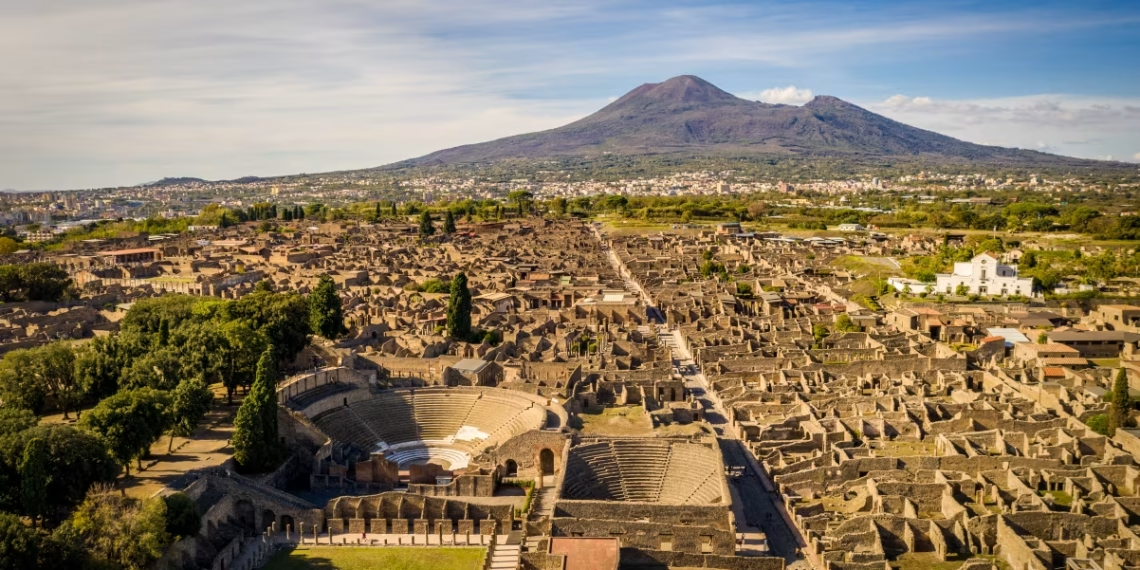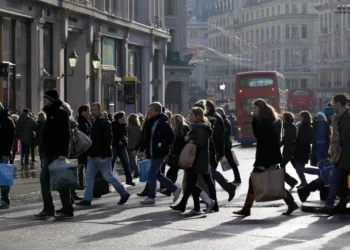NAPLES (Realist English). The ancient Roman city of Pompeii, long seen as a perfectly preserved relic of the catastrophic AD 79 eruption of Mount Vesuvius, may have experienced a lesser-known chapter in its history: a return of survivors and new settlers to live amid the ruins.
Excavations in the southern district of Insula Meridionalis have uncovered pottery, reused building materials, and other artifacts dating from decades to centuries after the disaster. According to Gabriel Zuchtriegel, director of the Archaeological Park of Pompeii, evidence suggests people took shelter in upper floors that rose above the volcanic ash, gradually adapting abandoned structures for new uses.
Findings include makeshift staircases built from reclaimed tiles and marble, ovens and mills installed in former storerooms, and a bread oven constructed inside a Roman cistern. A ceramic lamp decorated with an early Christian symbol and other items dated to the fifth century point to long-term habitation rather than brief refuge. A coin depicting Emperor Marcus Aurelius, minted in AD 161, indicates reoccupation may have begun just decades after the eruption.
Residents are thought to have remained until the “Pollena eruption” of AD 472, when renewed volcanic activity and a weakened local economy prompted final abandonment. Archaeological evidence shows settlers dug wells, cultivated land, and even buried their dead during this period.
Zuchtriegel noted that earlier excavations often swept away such traces in pursuit of AD 79 levels with their intact frescoes and furniture. The new approach, he said, reveals Pompeii’s “invisible city” — a precarious settlement resembling an encampment within the old city’s skeleton.
The discoveries also suggest that Roman authorities attempted to regulate life in the ruins. Ancient texts describe Emperor Titus sending officials to aid survivors, assess property of victims, and prevent lawlessness.
Archaeologists have so far excavated two-thirds of Pompeii, uncovering about 1,300 victims’ remains. The population before the eruption is estimated at around 20,000. Researchers hope future digs will clarify how post-eruption residents survived — whether by salvaging materials, farming, or developing small-scale commerce.
“This study highlights the resilience of the Vesuvian population and their role in the region’s recovery,” said Marcello Mogetta of the University of Missouri, who was not involved in the research. “It broadens our view of Pompeii’s history beyond the moment of its destruction.”


















